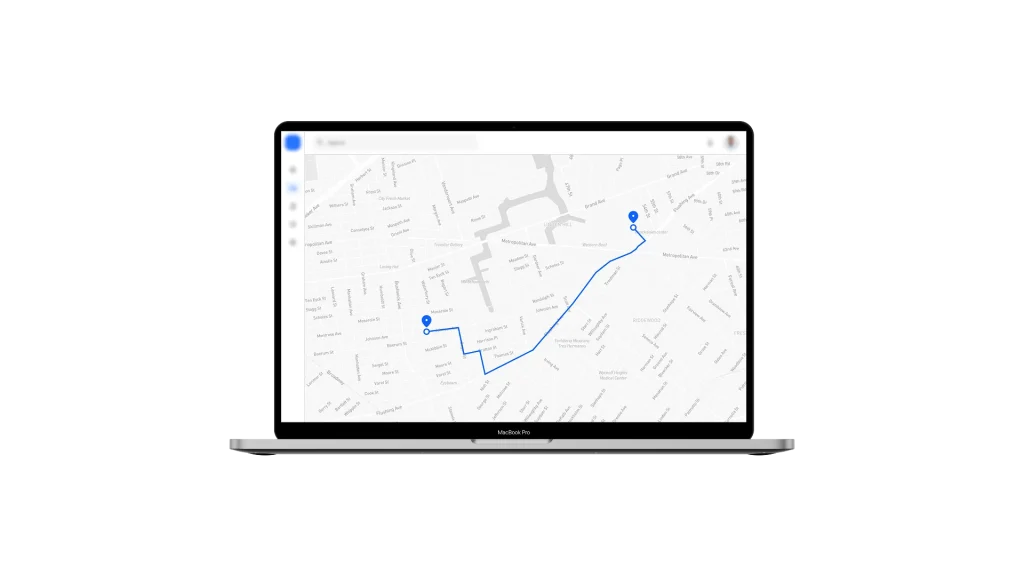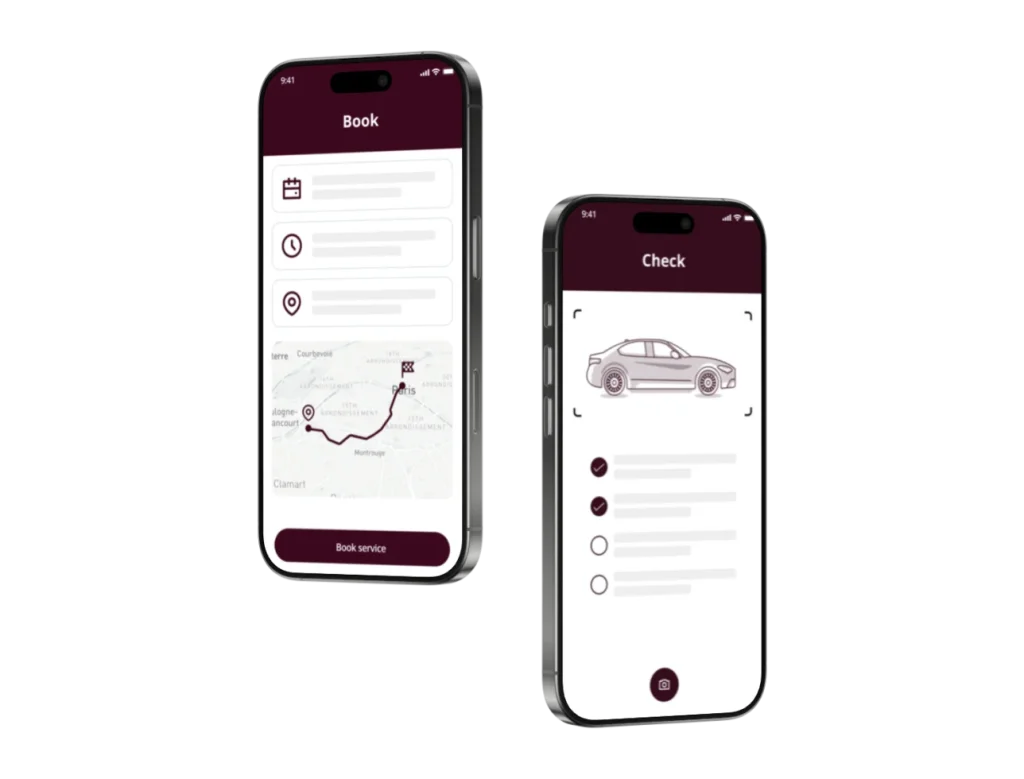Build the foundation of vehicle intelligence.
Our embedded automotive software development powers your vehicle’s core systems — fast, secure, and compliant by design.
What we deliver:
- ECU & DCU Firmware Development. We design firmware for engine control units (ECUs) and domain controllers (DCUs), ensuring deterministic real-time behavior, diagnostics over UDS, and compliance with ISO 26262 for functional safety.
- AUTOSAR Integration. We implement Classic and Adaptive AUTOSAR stacks, enabling component modularity, software reuse, and vendor-agnostic development across hardware platforms.
- Flash Memory Management. We develop secure, resilient bootloaders with memory segmentation, validation checks, and support for A/B partitioning to enable safe OTA deployments.
- Real-Time Operating System (RTOS) Customization. We configure and tailor RTOS (e.g., FreeRTOS, QNX, Zephyr) for hard and soft real-time constraints, integrating low-level drivers and I/O schedulers.
- Diagnostics & Communication Protocols. Our firmware supports LIN, CAN, CAN-FD, and Ethernet stacks, with built-in diagnostics (UDS, DoIP), DTC management, and ISO 14229/ISO 15765 support.
- Safety-Critical Code Compliance. We follow MISRA-C and ISO 26262 ASIL-B/D coding standards, use static analysis and formal verification tools, and conduct code coverage analysis at the unit level.
Modern vehicles can’t rely on yesterday’s firmware. Our automotive software development solutions help you engineer embedded systems that meet today’s complexity and tomorrow’s scale with safety and maintainability built in from day one.















































